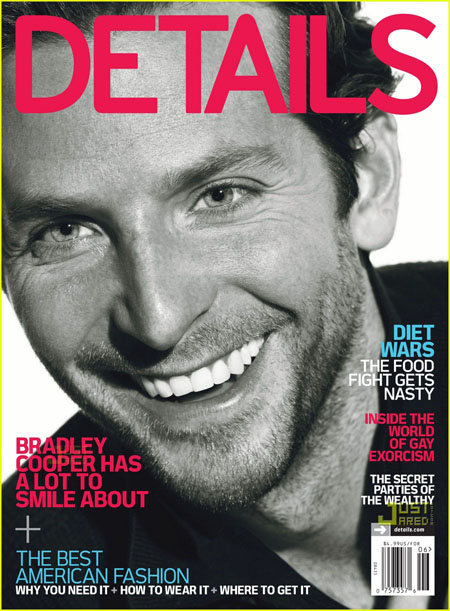Popular culture reflects, reproduces and can also resist normative discourses (Shugart 296). Pop culture influences people to organize their identities, hierarchies and understandings of the human condition (Shugart 297). Magazines, a medium of pop culture, act as a socializing force, telling people how to look, dress, and act (Hon 3). Hon states, "exposure to body images in advertising and visual media makes individuals more conscious of their bodily state and induces them to seek out role models of physical beauty." (Hon 3).

Beauty is understood as a set of "prescriptive cultural norms that are constructed and reconstructed within cultural, ethnic, class or other groups. Individuals, and by extension the communities in which they live, are constantly producing forms of sexual and physical attractiveness that define what it means to 'look good,' and these stereotypes are differentially accepted by different groups" (Swami 68). However, beauty ideals typically prescribe people's behaviors over their appearance (Swami 60).
People have a natural desire to evaluate themselves and subsequently will compare themselves others, in what is called social comparison theory (Aubrey 5). According to Gulas and McKeage, men make upward social comparisons, by comparing themselves to other men who they feel are better than themselves or thought to be of higher quality (Aubrey 7). They look for similarity in images of other males and then seek to be like the represented male in other ways that are thought to be favorable or rewarding (Aubrey 8). The covers of men's magazines are basically advertisements for the contents inside, which is full of advertisements.